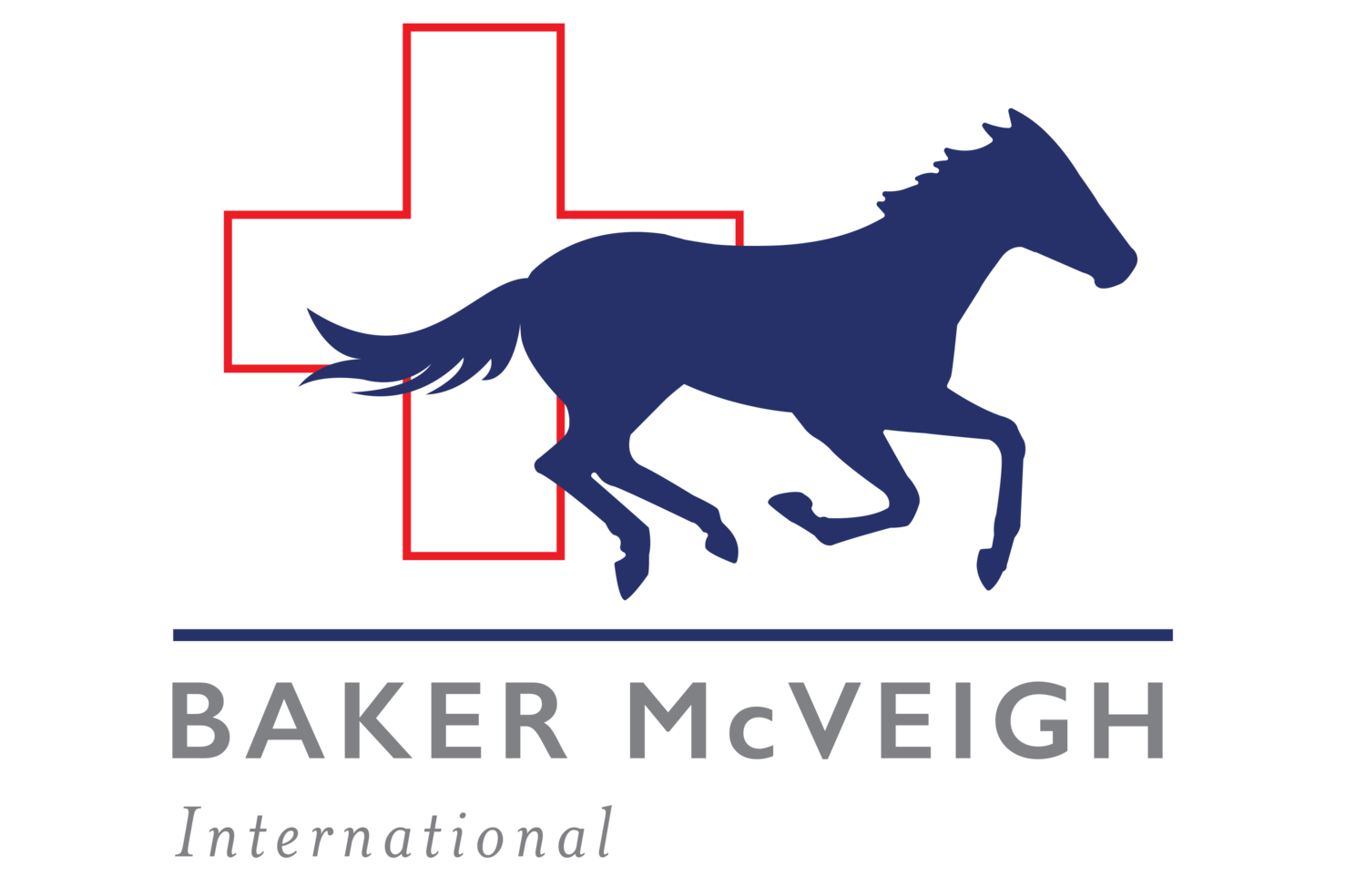Equine Pleuropneumonia
Equine pleuropneumonia is a serious condition affecting the respiratory system of the horse that can be life threatening. Presenting signs typically include fever, inappetence, depression and respiratory signs such as a cough and nasal discharge.
This disease is often referred to as ‘travel sickness’ owing to the frequent association between long journeys and the subsequent onset of clinical signs. Long periods spent with the head of the horse elevated reduces the ability of the airway to clear normal secretions and inhaled particulate matter which predisposes to infection.
Other risk factors for equine pleuropneumonia include stress, pre-existing viral infection and also penetrating chest wounds.
A full clinical examination usually reveals an increased respiratory rate with shallow breathing. There may be reduced breath sounds especially at the base of the chest where there is a propensity for fluid to accumulate.
An ultrasound scan of the chest confirms the diagnosis. Classical findings include excessive fluid in the pleural space (the gap between the lung surface and the rib cage), signs of inflammation of the lung surface (comet tails) and in more severe cases, abscessation of the lung tissue.
Normal lung:
When an ultrasound beam encounters normal lung surface, the gas found within the lung tissue reflects the beam. This results in the picture above, a sharp bright white line lying directly against the ribcage.
Example of abnormal lung:
a) The streak of white originating from the lung surface is a comet tail. This abnormality in the reflection of the ultrasound beam occurs when the lung surface is inflamed and thickened.
b) This wedge of black is fluid that has accumulated in the pleural space as a result of the inflammatory changes to the lung tissue.
c) This is an abscess. You can see that there is an irregular shaped area of lung that does not reflect the ultrasound beam. This indicates that it is not full of gas as it should be, but rather inflammatory secretions.
Once equine pleuropneumonia has been diagnosed, the horse is box rested and not subjected to any further stress or travel if possible. Treatment with anti-inflammatories and antibiotics is initiated as soon as possible. Ideally a sample of the secretions from the airways are obtained to culture and run an antibiotic sensitivity test. This allows us to select the antibiotic most effective against the causative bacteria. Very ill and stressed horses are predisposed to gastric ulceration and as such we usually recommend treatment with omeprazole as well (for more information refer to our article on equine gastric ulcer syndrome).
Blood tests are extremely helpful in the management of these cases, with white blood cell counts and inflammatory proteins the most useful parameters. Serial blood samples allow us to track the response of the horse to treatment. In conjunction with follow up ultrasound scans, blood samples also help us to gauge when it is appropriate to stop treatment.
Proactive management can be highly effective in reducing the incidence of equine pleuropneumonia. For example, by ensuring that horses do not travel if they show signs of illness. If a horse makes a long journey, plan stops to allow the horse to lower its head and rest.
We recommend paying extra attention to horses that have a recent history of travel by taking their temperatures twice a day and monitoring their feed intake and demeanor.
Each case is different, and the severity of the lung pathology will influence how long the horse will need to be on treatment and resting. Generally if treatment is initiated promptly, the prognosis for a full recovery is good.


